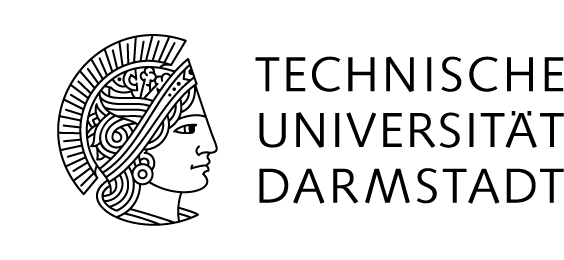Übersicht
Many-Body Field Theory
S2|11-205, Tel. -64235
Office hours: Thu, 9-10 and 5-6
This course will give a theoretical introduction to the physics of many‐body systems, with special attention to modern concepts and to applications ranging from cold atoms to nuclei, neutron stars and condensed matter systems. If you have any questions regarding this course, please email me. (course handout)
Nuclear Theory is recommended, but not necessary.
A. Altland and B. Simons,
Condensed Matter Field Theory,
Cambridge University Press, 2nd Edition, 2010.
Introduction to Many‐Body Physics,
Online Monograph.
A.L. Fetter and J.D. Walecka,
Quantum Theory of Many‐Particle Systems,
Dover Publications, 2003.
G.D. Mahan,
Many‐Particle Physics,
Springer, 2007.
J.W. Negele and H. Orland,
Quantum Many‐Particle Systems,
Advanced Book Classics, 1998.
R. Shankar,
Renormalization‐Group Approach to Interacting Fermions,
Rev. Mod. Phys. 66 (1994) 129.
Many-Body Field Theory
Instructor:
Achim SchwenkS2|11-205, Tel. -64235
Office hours: Thu, 9-10 and 5-6
This course will give a theoretical introduction to the physics of many‐body systems, with special attention to modern concepts and to applications ranging from cold atoms to nuclei, neutron stars and condensed matter systems. If you have any questions regarding this course, please email me. (course handout)
Announcements
For the final project, please contact Achim Schwenk.Outline
- Introduction
- Review of second quantization and applications
- Path integrals and many‐body partition function
- Effective field theory
- Perturbation theory, Feynman rules and applications
- Superconductivity and Nambu‐Gorkov formalism (add. notes)
- Fermi liquid theory
- Universal properties of strongly interacting Fermi gases and strong‐coupling methods *
- Response functions *
- Effective action and density functional theory *
Homework Sets
- HW Set 1, due Wednesday, May 2
- HW Set 2, due Wednesday, May 30
- HW Set 3, due Wednesday, June 20
- HW Set 4, due Wednesday, July 4
Requirements
Quantum Mechanics and Statistical Mechanics.Nuclear Theory is recommended, but not necessary.
Recommended textbook
The main parts of the course will follow:A. Altland and B. Simons,
Condensed Matter Field Theory,
Cambridge University Press, 2nd Edition, 2010.
Supplementary textbooks
P. Coleman,Introduction to Many‐Body Physics,
Online Monograph.
A.L. Fetter and J.D. Walecka,
Quantum Theory of Many‐Particle Systems,
Dover Publications, 2003.
G.D. Mahan,
Many‐Particle Physics,
Springer, 2007.
J.W. Negele and H. Orland,
Quantum Many‐Particle Systems,
Advanced Book Classics, 1998.
R. Shankar,
Renormalization‐Group Approach to Interacting Fermions,
Rev. Mod. Phys. 66 (1994) 129.


